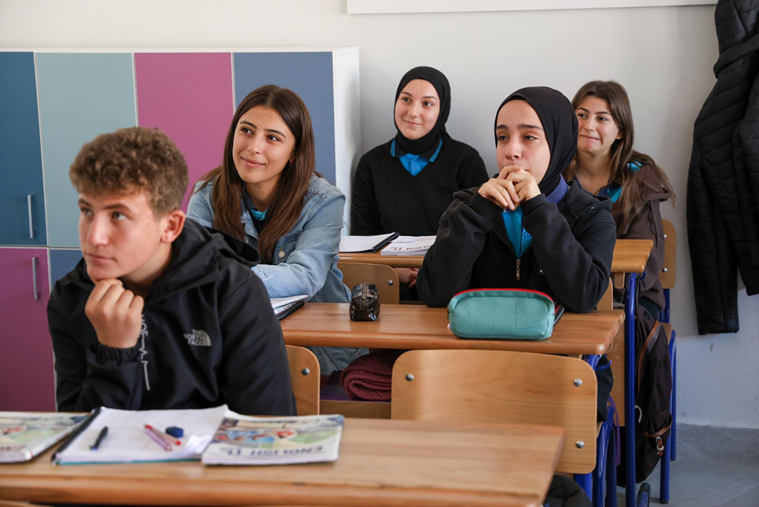What We DO
Alsaid Foundation collaborates with local communities and other partners to enable young people to act as agents of positive social change

Education Research & Workshop
We conduct research and workshops to better understand the youth problems and uncover their needs and challenges using hands-on experience and innovative approaches that put the youth at the heart of what we do.
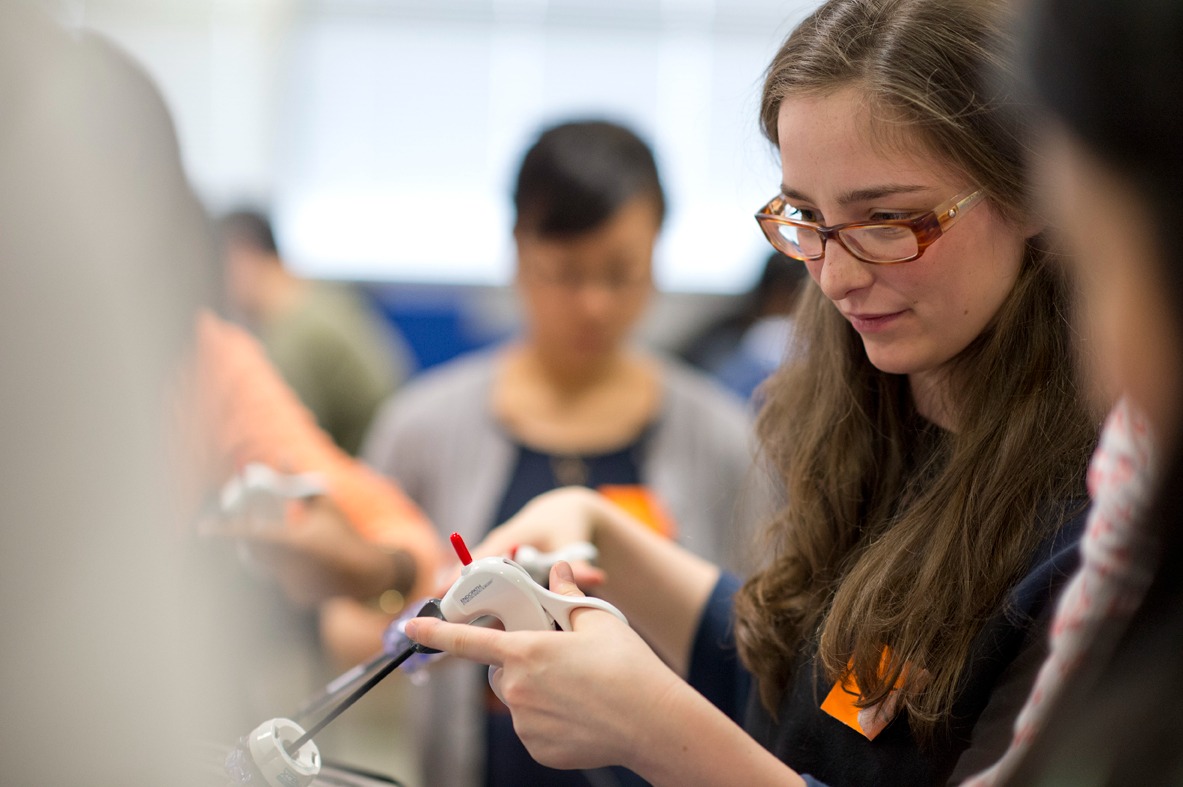
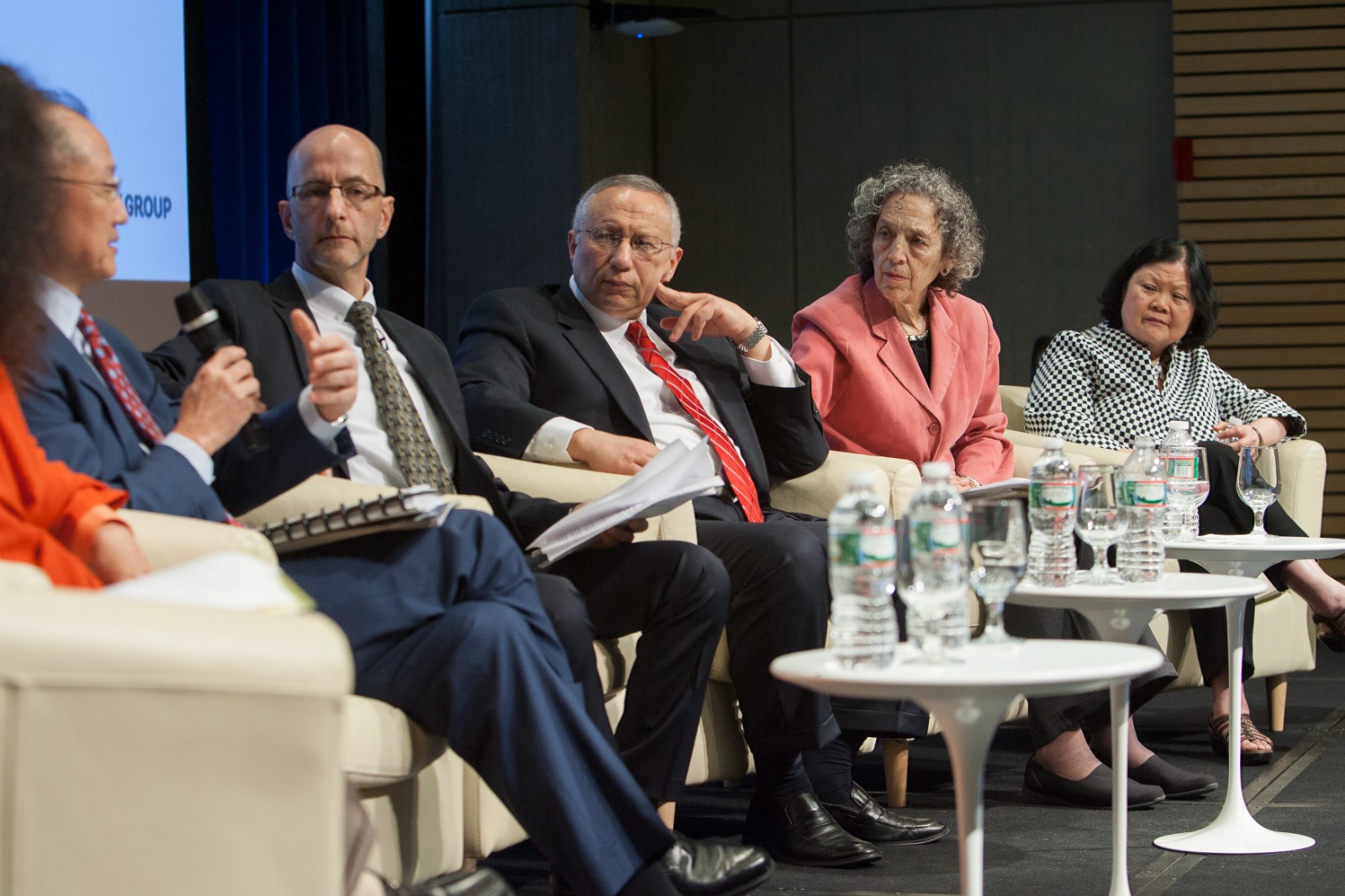
Informing the dialogue on policies
Our efforts aim at generating rigorous and evidence-based research to inform policymakers on the needs of the youth to improve youth career and professional development outcomes and help them thrive in society.
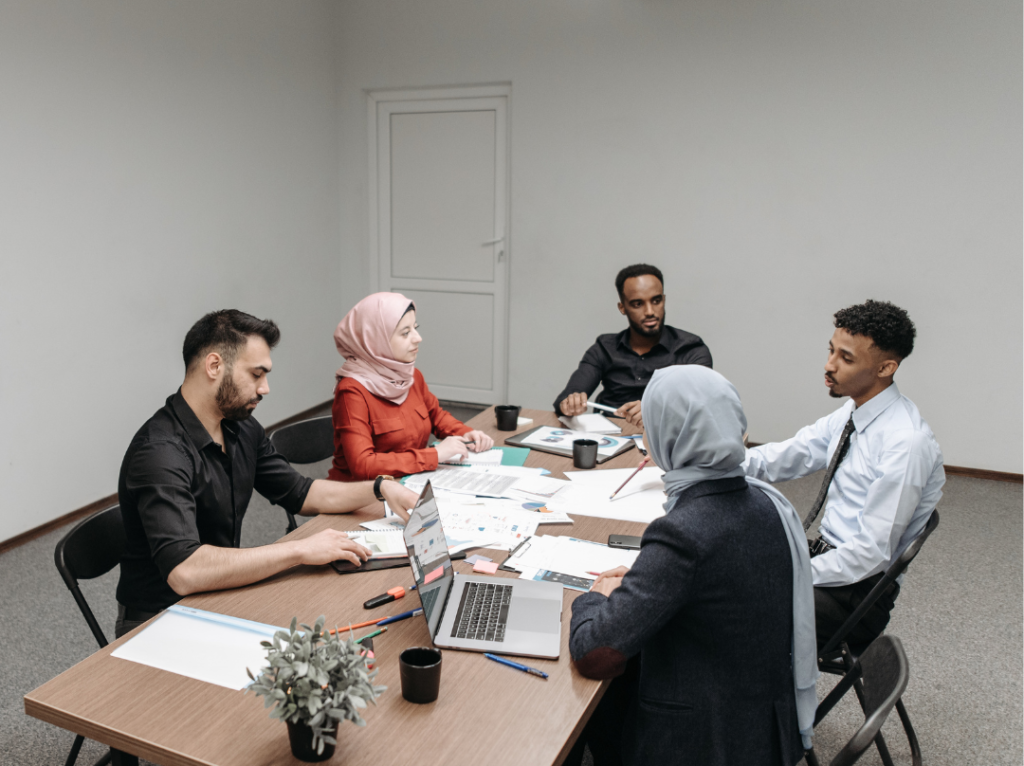
Startups Incubators
Work with local communities and other partners across the globe to help bring ideas to life by providing coaching and work hands-on to build your business models or prototype designs of your product.

Agenda 2030 for Sustainable Development
Following three years of intense negotiations, world leaders adopted on September 25th the new Agenda 2030 for Sustainable Development and its 17 Sustainable Development Goals. This universal agenda is a call to action for low, middle and high-income countries alike. It lays out a set of comprehensive goals that focus on people, planet, prosperity, peace and partnership for the next 15 years. It integrates the vision of “leaving no one behind” which can likely be accomplished through expanded partnerships for both traditional and nontraditional actors such as Governments, Civil Society, private sector, and the United Nations system.
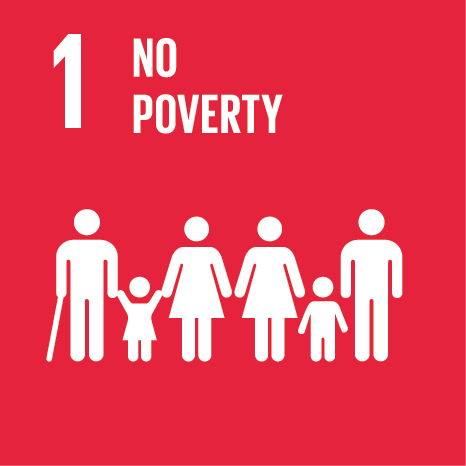
Goal 1: No Poverty

End poverty in all its forms everywhere
Eradicating poverty in all its forms remains one of the greatest challenges facing humanity. While the number of people living in extreme poverty has dropped by more than half – from 1.9 billion in 1990, to 836 million in 2015 – too many people are still struggling to meet the most basic human needs. Globally, more than 800 million people are still living on less than $1.25 a day; many lack access to adequate food, clean drinking water and sanitation. Rapid economic growth in countries like China and India has lifted millions out of poverty, but progress has been uneven. Women are disproportionately affected; they are more likely to live in poverty due to unequal access to paid work, education and property. Progress has also been limited in other regions, such as South Asia and sub-Saharan Africa, which account for 80 percent of the people living in extreme poverty. This rate is expected to rise due to new threats brought on by climate change, conflict and food insecurity. The Sustainable Development Goals (SDGs) are a bold commitment to finish what we started, and end poverty in all forms and dimensions by 2030. In order to achieve the SDGs, we must target those living in vulnerable situations, increasing access to basic resources and services, and support communities affected by conflict and climate-related disasters. Ending poverty is one of 17 Global Goals that make up the 2030 Agenda for Sustainable Development. An integrated approach is crucial for progress across multiple goals.
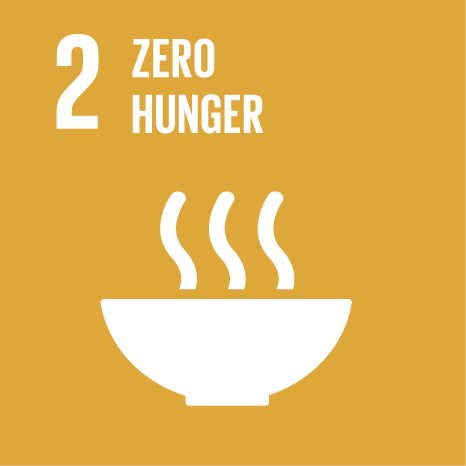
Goal 2: Zero Hunger

End poverty in all its forms everywhere
Eradicating poverty in all its forms remains one of the greatest challenges facing humanity. While the number of people living in extreme poverty has dropped by more than half – from 1.9 billion in 1990, to 836 million in 2015 – too many people are still struggling to meet the most basic human needs. Globally, more than 800 million people are still living on less than $1.25 a day; many lack access to adequate food, clean drinking water and sanitation. Rapid economic growth in countries like China and India has lifted millions out of poverty, but progress has been uneven. Women are disproportionately affected; they are more likely to live in poverty due to unequal access to paid work, education and property. Progress has also been limited in other regions, such as South Asia and sub-Saharan Africa, which account for 80 percent of the people living in extreme poverty. This rate is expected to rise due to new threats brought on by climate change, conflict and food insecurity. The Sustainable Development Goals (SDGs) are a bold commitment to finish what we started, and end poverty in all forms and dimensions by 2030. In order to achieve the SDGs, we must target those living in vulnerable situations, increasing access to basic resources and services, and support communities affected by conflict and climate-related disasters. Ending poverty is one of 17 Global Goals that make up the 2030 Agenda for Sustainable Development. An integrated approach is crucial for progress across multiple goals.
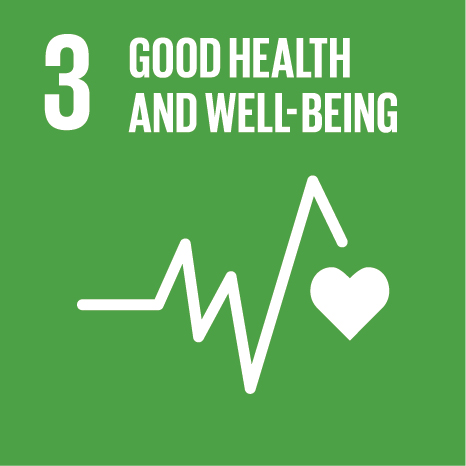
Goal 3: Good Health And Well-Being

Ensure healthy lives and promote well-being for all
Since the creation of the Millennium Development Goals there have been historic achievements in reducing child mortality, improving maternal health and tackling HIV/AIDS, tuberculosis, malaria and other diseases. In 15 years, the number of people newly infected by HIV each year has dropped from 3.1 million to 2 million and over 6.2 million lives were saved from malaria. Since 1990, maternal mortality fell by 45 percent, and worldwide there has been an over 50 percent decline in preventable child deaths globally. Despite this incredible progress, AIDS is the leading cause of death among adolescents in sub-Saharan Africa, and 22 million people living with HIV are not accessing life-saving antiretroviral therapy. New HIV infections continue to rise in some locations and in populations that are typically excluded or marginalised. Chronic and catastrophic disease remains one of the main factors that push households from poverty into deprivation. Non-communicable diseases (NCDs) impose a large burden on human health worldwide. Currently, 63% of all deaths worldwide stem from NCDs – chiefly cardiovascular diseases, cancers, chronic respiratory diseases and diabetes. The cumulative economic losses to low- and middle-income countries from the four diseases are estimated to surpass US$ 7 trillion by 2025. Additionally, there continues to be underinvestment in the social circumstances and environmental factors affecting health. The job on HIV and health is far from done. Recognizing the interdependence of health and development, the Sustainable Development Goals (SDGs) provide an ambitious, comprehensive plan of action for people, planet and prosperity and for ending the injustices that underpin poor health and development outcomes. SDG 3 aspires to ensure health and well-being for all, including a bold commitment to end the epidemics of AIDS, tuberculosis, malaria and other communicable diseases by 2030. It also aims to achieve universal health coverage, and provide access to safe and effective medicines and vaccines for all. Supporting research and development for vaccines is an essential part of this process as well as expanding access to affordable medicines. Promoting health and well-being is one of 17 Global Goals that make up the 2030 Agenda for Sustainable Development. An integrated approach is crucial for progress across the multiple goals.

Ensure healthy lives and promote well-being for all
Since the creation of the Millennium Development Goals there have been historic achievements in reducing child mortality, improving maternal health and tackling HIV/AIDS, tuberculosis, malaria and other diseases. In 15 years, the number of people newly infected by HIV each year has dropped from 3.1 million to 2 million and over 6.2 million lives were saved from malaria. Since 1990, maternal mortality fell by 45 percent, and worldwide there has been an over 50 percent decline in preventable child deaths globally. Despite this incredible progress, AIDS is the leading cause of death among adolescents in sub-Saharan Africa, and 22 million people living with HIV are not accessing life-saving antiretroviral therapy. New HIV infections continue to rise in some locations and in populations that are typically excluded or marginalised. Chronic and catastrophic disease remains one of the main factors that push households from poverty into deprivation. Non-communicable diseases (NCDs) impose a large burden on human health worldwide. Currently, 63% of all deaths worldwide stem from NCDs – chiefly cardiovascular diseases, cancers, chronic respiratory diseases and diabetes. The cumulative economic losses to low- and middle-income countries from the four diseases are estimated to surpass US$ 7 trillion by 2025. Additionally, there continues to be underinvestment in the social circumstances and environmental factors affecting health. The job on HIV and health is far from done. Recognizing the interdependence of health and development, the Sustainable Development Goals (SDGs) provide an ambitious, comprehensive plan of action for people, planet and prosperity and for ending the injustices that underpin poor health and development outcomes. SDG 3 aspires to ensure health and well-being for all, including a bold commitment to end the epidemics of AIDS, tuberculosis, malaria and other communicable diseases by 2030. It also aims to achieve universal health coverage, and provide access to safe and effective medicines and vaccines for all. Supporting research and development for vaccines is an essential part of this process as well as expanding access to affordable medicines. Promoting health and well-being is one of 17 Global Goals that make up the 2030 Agenda for Sustainable Development. An integrated approach is crucial for progress across the multiple goals.

Goal 4: Quality Education

Ensure inclusive and equitable quality education and promote lifelong learning opportunities for all

Ensure inclusive and equitable quality education and promote lifelong learning opportunities for all


Achieve gender equality and empower all women and girls
Empowering women and promoting gender equality is crucial to accelerating sustainable development. Ending all forms of discrimination against women and girls is not only a basic human right, but it also has a multiplier effect across all other development areas. Since 2000, UNDP together with our UN partners and the rest of the global community has made gender equality central to our work, and we have seen some remarkable successes. More girls are now in school compared to 15 years ago, and most regions have reached gender parity in primary education. Women now make up to 41 percent of paid workers outside of agriculture, compared to 35 percent in 1990. The Sustainable Development Goals (SDGs) aim to build on these achievements to ensure that there is an end to discrimination against women and girls everywhere. There are still gross inequalities in access to paid employment in some regions, and significant gaps between men and women in the labour market. Sexual violence and exploitation, the unequal division of unpaid care and domestic work, and discrimination in public decision making, all remain huge barriers. Ensuring universal access to sexual and reproductive health, and affording women equal rights to economic resources such as land and property, are vital targets to realizing this goal. There are now more women in public office than ever before, but encouraging more women leaders across all regions will help strengthen policies and legislation for greater gender equality. Gender equality is one of 17 Global Goals that make up the 2030 Agenda for Sustainable Development. An integrated approach is crucial for progress across the multiple goals.
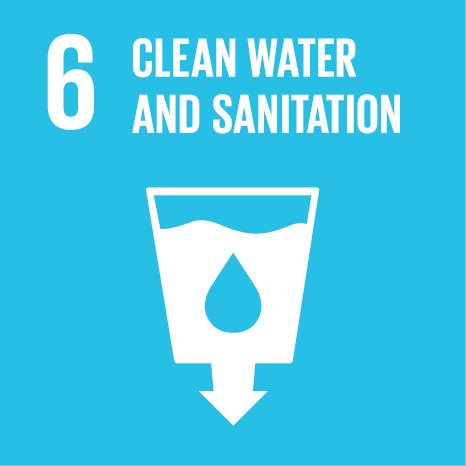

Ensure access to water and sanitation for all
Water scarcity affects more than 40 percent of people around the world, an alarming figure that is projected to increase with the rise of global temperatures as a consequence of climate change. Although 2.1 billion people have gained access to improved water sanitation since 1990, dwindling supplies of safe drinking water is a major problem impacting every continent. In 2011, 41 countries experienced water stress; ten of them are close to depleting their supply of renewable freshwater and must now rely on non-conventional sources. Increasing drought and desertification is already exacerbating these trends. By 2050, it is projected that at least one in four people are likely to be affected by recurring water shortages. Ensuring universal access to safe and affordable drinking water by 2030 requires we invest in adequate infrastructure, provide sanitation facilities and encourage hygiene at every level. Protecting and restoring water-related ecosystems such as forests, mountains, wetlands and rivers is essential if we are to mitigate water scarcity. More international cooperation is also needed to encourage water efficiency and support treatment technologies in developing countries. Universal access to clean water and sanitation is one of 17 Global Goals that make up the 2030 Agenda for Sustainable Development. An integrated approach is crucial for progress across the multiple goals.
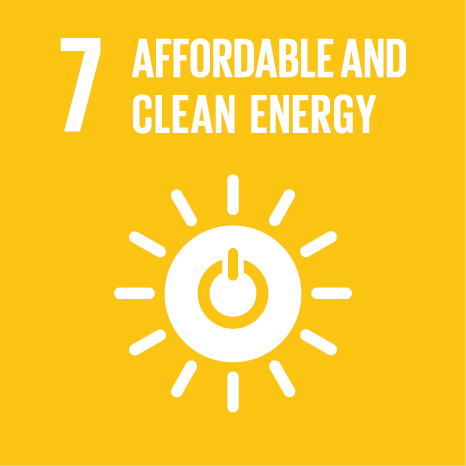

Ensure access to affordable, reliable, sustainable and modern energy for all


Promote inclusive and sustainable economic growth, employment and decent work for all
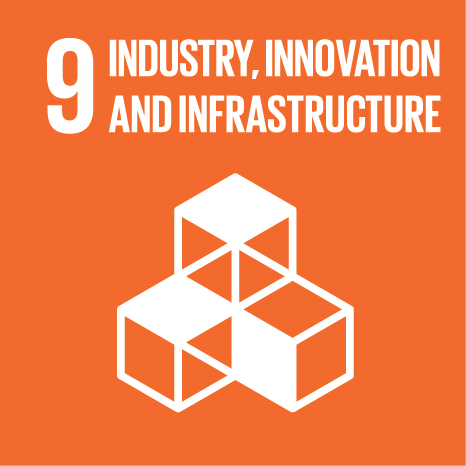

Build resilient infrastructure, promote sustainable industrialization and foster innovation
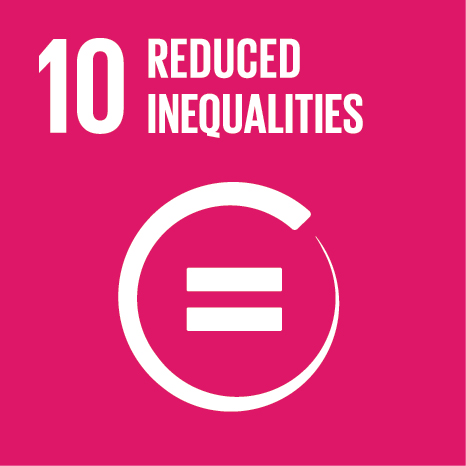

Reduce inequality within and among countries
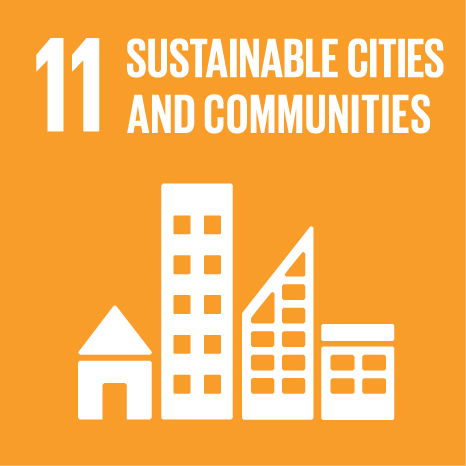

Make cities inclusive, safe, resilient and sustainable
More than half of the world’s population now live in urban areas. By 2050, that figure will have risen to 6.5 billion people – two-thirds of humanity. Sustainable development cannot be achieved without significantly transforming the way we build and manage our urban spaces. The rapid growth of cities in the developing world, coupled with increasing rural to urban migration, has led to a boom in mega-cities. In 1990, there were ten mega-cities with 10 million inhabitants or more. In 2014, there are 28 mega-cities, home to a total 453 million people. Extreme poverty is often concentrated in urban spaces, and national and city governments struggle to accommodate the rising population in these areas. Making cities safe and sustainable means ensuring access to safe and affordable housing, and upgrading slum settlements. It also involves investment in public transport, creating green public spaces, and improving urban planning and management in a way that is both participatory and inclusive. Sustainable city life is one of 17 Global Goals that make up the 2030 Agenda for Sustainable Development. An integrated approach is crucial for progress across the multiple goals.
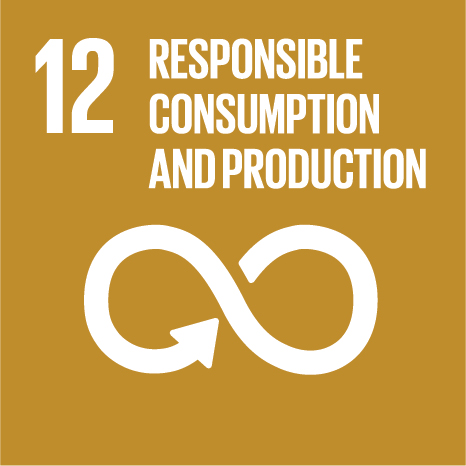

Ensure sustainable consumption and production patterns
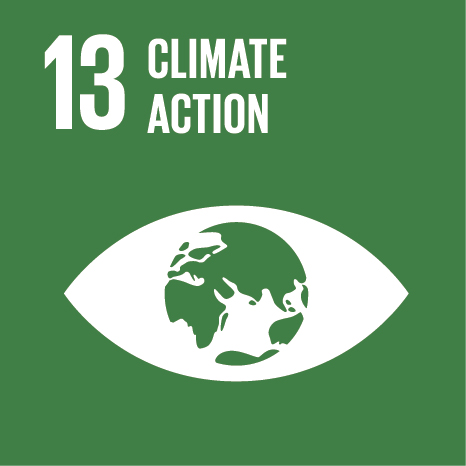

Take urgent action to combat climate change and its impacts


Conserve and sustainably use the oceans, seas and marine resources
The world’s oceans – their temperature, chemistry, currents and life – drive global systems that make the Earth habitable for humankind. How we manage this vital resource is essential for humanity as a whole, and to counter balance the effects of climate change. Over three billion people depend on marine and coastal biodiversity for their livelihoods. However, today we are seeing 30 percent of the world’s fish stocks overexploited, well below a level at which they can produce sustainable yields. Oceans also absorb about 30 percent of the carbon dioxide produced by humans, and we are seeing a 26 percent rise in ocean acidification since the beginning of the industrial revolution. Marine pollution, an overwhelming majority of which comes from land-based sources, is reaching alarming levels, with an average of 13,000 pieces of plastic litter to be found on every square kilometer of ocean. The Sustainable Development Goals (SDGs) create a framework to sustainably manage and protect marine and coastal ecosystems from land-based pollution, as well as address the impacts of ocean acidification. Enhancing conservation and the sustainable use of ocean-based resources through international law will also help mitigate some of the challenges facing our oceans. Protecting our oceans is one of 17 Global Goals that make up the 2030 Agenda for Sustainable Development. An integrated approach is crucial for progress across the multiple goals.

Conserve and sustainably use the oceans, seas and marine resources
The world’s oceans – their temperature, chemistry, currents and life – drive global systems that make the Earth habitable for humankind. How we manage this vital resource is essential for humanity as a whole, and to counter balance the effects of climate change. Over three billion people depend on marine and coastal biodiversity for their livelihoods. However, today we are seeing 30 percent of the world’s fish stocks overexploited, well below a level at which they can produce sustainable yields. Oceans also absorb about 30 percent of the carbon dioxide produced by humans, and we are seeing a 26 percent rise in ocean acidification since the beginning of the industrial revolution. Marine pollution, an overwhelming majority of which comes from land-based sources, is reaching alarming levels, with an average of 13,000 pieces of plastic litter to be found on every square kilometer of ocean. The Sustainable Development Goals (SDGs) create a framework to sustainably manage and protect marine and coastal ecosystems from land-based pollution, as well as address the impacts of ocean acidification. Enhancing conservation and the sustainable use of ocean-based resources through international law will also help mitigate some of the challenges facing our oceans. Protecting our oceans is one of 17 Global Goals that make up the 2030 Agenda for Sustainable Development. An integrated approach is crucial for progress across the multiple goals.
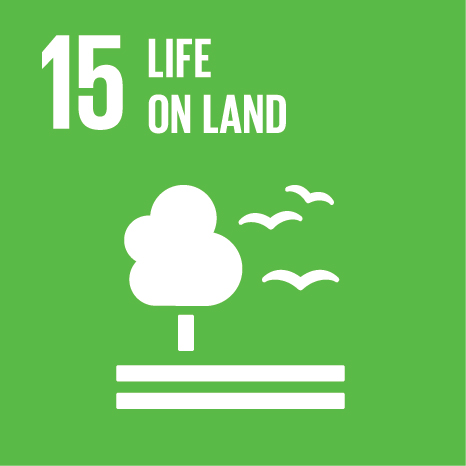

Sustainably manage forests, combat desertification, halt and reverse land degradation, halt biodiversity loss
Human life depends on the earth as much as the ocean for our sustenance and livelihood. Plant life provides 80 percent of our human diet, and we rely on agriculture as an important economic resource and means of development. Forests account for 30 percent of the Earth’s surface, providing vital habitats for millions of species and important sources for clean air and water; as well as being crucial for combating climate change. Today we are seeing unprecedented land degradation, and the loss of arable land at 30 to 35 times the historical rate. Drought and desertification is also on the rise each year, amounting to the loss of 12 million hectares and affects poor communities globally. Of the 8,300 animal breeds known, 8 percent are extinct and 22 percent are at risk of extinction. The Sustainable Development Goals (SDGs) aim to conserve and restore the use of terrestrial ecosystems such as forests, wetlands, drylands and mountains by 2020. Promoting the sustainable management of forests and halting deforestations is also vital to mitigating the impact of climate change. Urgent action must be taken to reduce the loss of natural habitats and biodiversity which are part of our common heritage. Conserving forests and other ecosystems is one of 17 Global Goals that make up the 2030 Agenda for Sustainable Development. An integrated approach is crucial for progress across the multiple goals.


Promote just, peaceful and inclusive societies
Peace, stability, human rights and effective governance based on the rule of law are important conduits for sustainable development. We are living in a world that is increasingly divided. Some regions enjoy sustained levels of peace, security and prosperity while others fall into seemingly endless cycles of conflict and violence. This is by no means inevitable and must be addressed. High levels of armed violence and insecurity have a destructive impact on a country’s development, affecting economic growth and often resulting in long standing grievances among communities that can last for generations. Sexual violence, crime, exploitation and torture are also prevalent where there is conflict or no rule of law, and countries must take measures to protect those who are most at risk. The Sustainable Development Goals (SDGs) aim to significantly reduce all forms of violence, and work with governments and communities to find lasting solutions to conflict and insecurity. Strengthening the rule of law and promoting human rights is key to this process, as is reducing the flow of illicit arms and strengthening the participation of developing countries in the institutions of global governance. Promoting peace and justice is one of 17 Global Goals that make up the 2030 Agenda for Sustainable Development. An integrated approach is crucial for progress across the multiple goals.
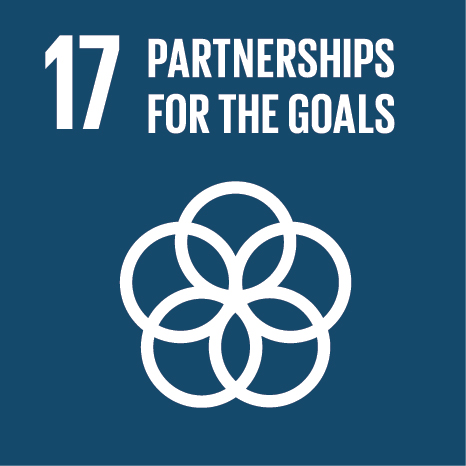

Revitalize the global partnership for sustainable development
The Sustainable Development Goals (SDGs) can only be realized with a strong commitment to global partnership and cooperation. While official development assistance from developed countries increased by 66 percent between 2000 and 2014, humanitarian crises brought on by conflict or natural disasters continue to demand financial resources and aid. Many countries also require Official Development Assistance to encourage growth and trade. The world today is more interconnected than ever before. Improving access to technology and knowledge is an important way to share ideas and foster innovation. Coordinating policies to help developing countries manage their debt, as well as promoting investment for the least developed, is vital to achieve sustainable growth and development. The goals aim to enhance North-South and South-South cooperation by supporting national plans to achieve all the targets. Promoting international trade, and helping developing countries increase their exports, is all part of achieving a universal rules-based and equitable trading system that is fair and open, and benefits all. Strengthening global solidarity is one of 17 Global Goals that make up the 2030 Agenda for Sustainable Development. An integrated approach is crucial for progress across the multiple goals.

You too can make a difference
A general donation to our operations will enable Alsaid Foundation to expand our year-round programming and enhance our platform for fostering, elevating, and sustaining cross-sector partnerships for social impact.

